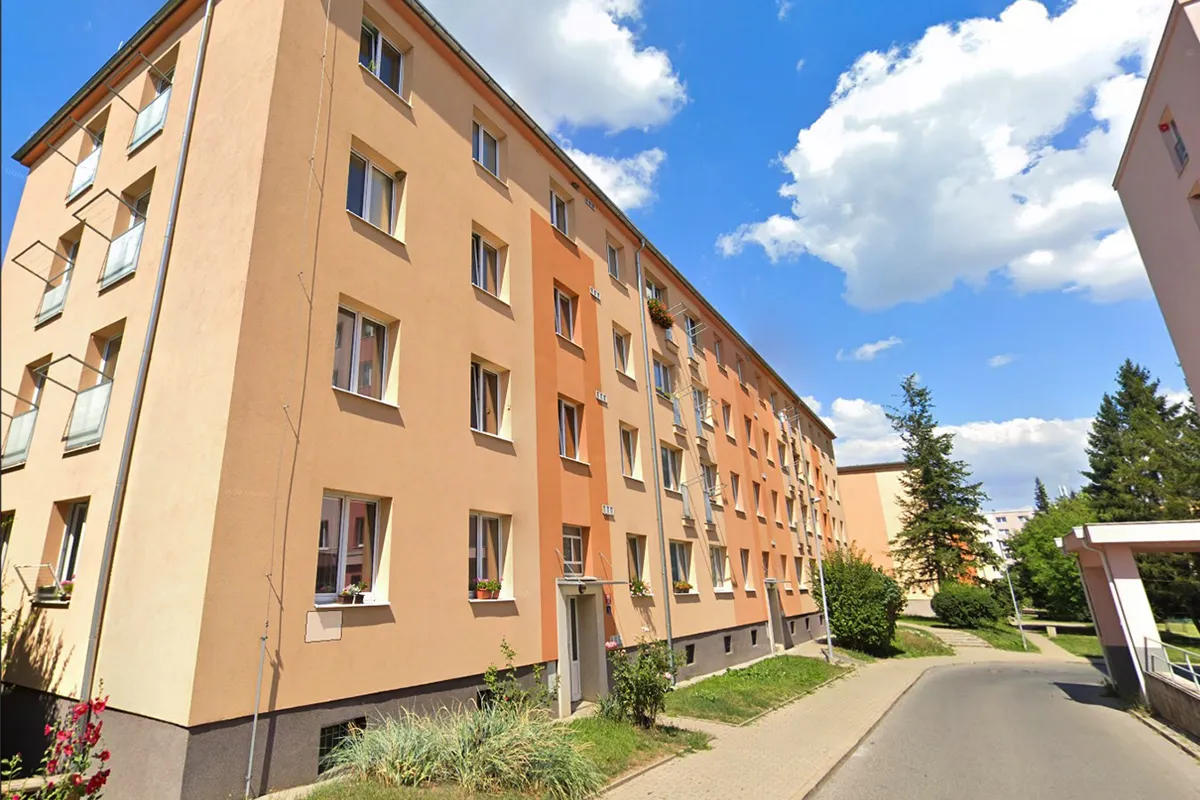Effectiveness of VENTBOX controlled ventilation in eliminating radon in a family house – Třebíč, Czech Republic
Family house Třebíč
Introduction
Radon poses a significant health risk in residential environments, particularly in basements and older family homes. This case study outlines the specific implementation of the VENTBOX controlled ventilation system in a family house in Třebíč, which had long exhibited elevated levels of radon activity (OAR).
Objective
To demonstrate the effectiveness of the VENTBOX 400 controlled ventilation system in reducing radon concentrations in a family home, while maintaining stable indoor conditions and minimising energy losses.
Methodology
Initial condition
Between 2020 and 2022, the house recorded long-term radon concentrations exceeding recommended limits, with some areas reaching levels above 9,000 Bq/m³. These values fluctuated depending on seasonal changes and indoor temperature conditions.
System installation
In November 2021, a VENTBOX 400 controlled ventilation system — featuring heat recovery and controlled pressurisation — was installed in the house’s utility room.
Results
- Radon reduction: Within 24 hours of system activation, the indoor radon activity (OAR) dropped significantly below the recommended hygienic limit of 300 Bq/m³. Long-term monitoring confirms consistently low levels, even under fluctuating climatic conditions.
- Energy efficiency: Thanks to heat recovery and controlled pressurisation, indoor temperatures remained stable without any noticeable increase in heating costs.
Conclusion
The installation of the VENTBOX 400 system in the family home in Třebíč confirmed its high effectiveness in reducing indoor radon activity concentration (OAR), without negatively impacting residents’ comfort or energy consumption. The system also enables automatic regulation based on current radon levels, ensuring ongoing protection against radon exposure in the future.
Download


